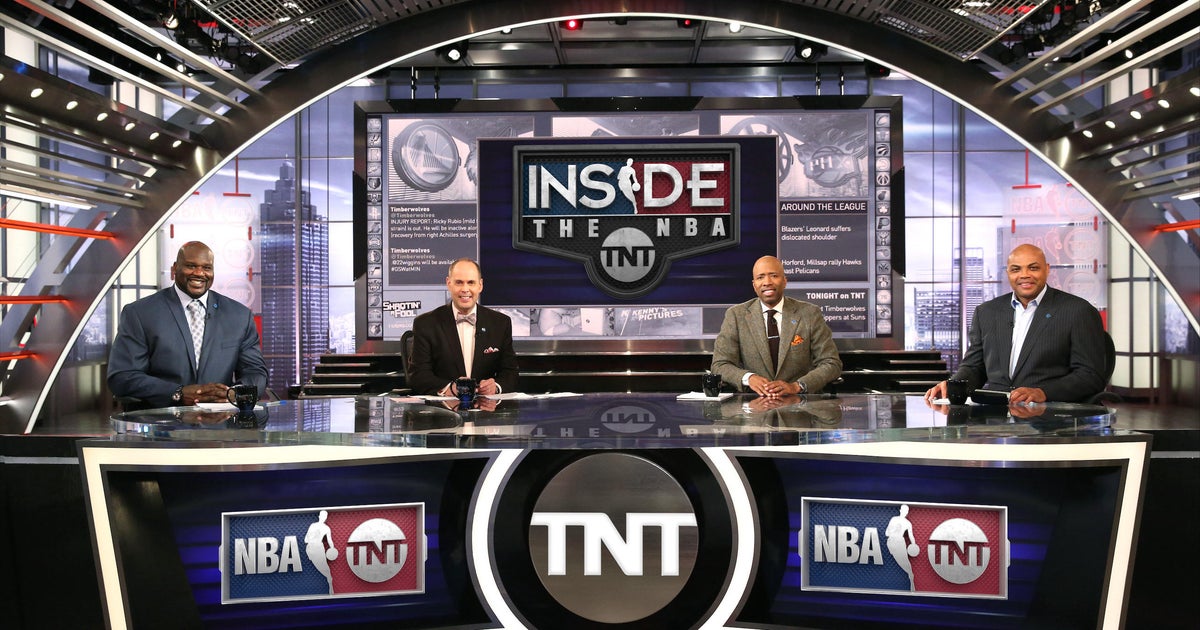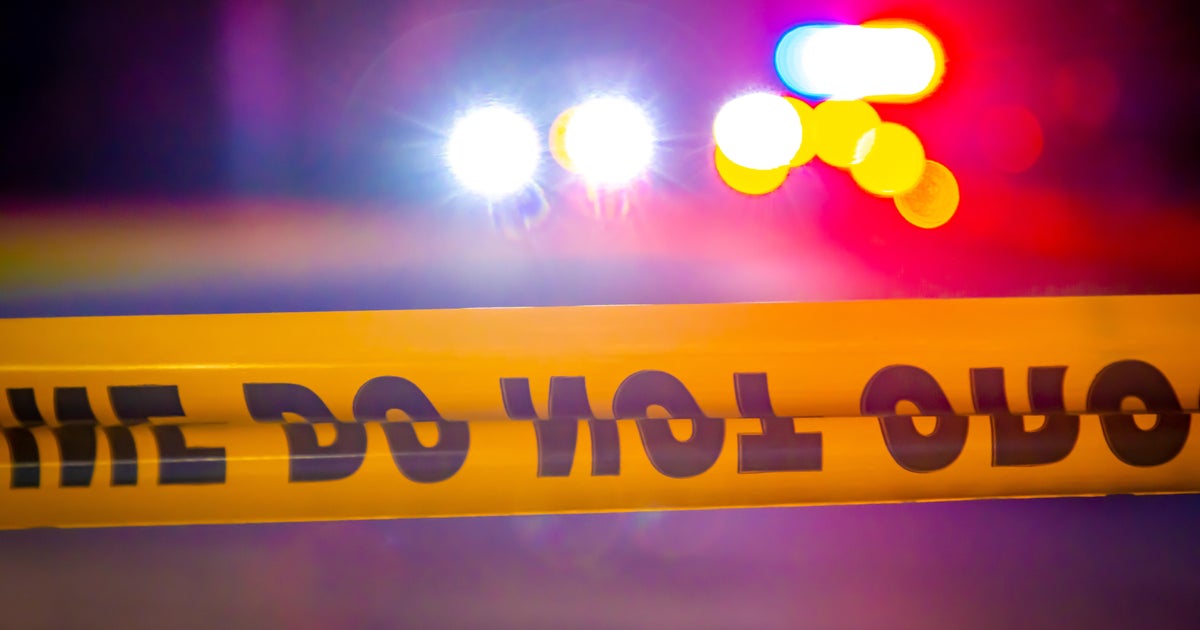How the fight against polio was won
Sorrow, fear, hospitals overwhelmed, closures – all due to the deadly coronavirus. And all hallmarks of another deadly and mysterious virus that terrified Americans, starting at the turn of the 20th century: Polio.
During one huge outbreak in New York City in June 1916, panicked New Yorkers fled town, rushing to piers and railroad stations. As Walter Cronkite recounted in a 1958 CBS News broadcast, that was just the beginning. After World War II, polio became an ever-greater national threat: "The three-year statistics run 50,000 polio cases, 103,000 cases, 122,000 cases," Cronkite said. "Where will it end?"
Joanne Yager was a healthy 14-year-old in Denver when she got polio in the summer of 1951. Her symptoms include a high temperature, pain and headaches. "I could not move. I couldn't stand up or get out of my bed," she said.
Yager spent three months in the hospital, before the disease started to retreat as mysteriously as it attacked. Like COVID-19, polio had different effects on different people. It left Yager with permanent weakness in her legs; she knew a lot of children who'd died. "That was brought home real quickly, because on the same floor that the ward was on were the iron lungs," she said.
Iron lungs were primitive respirators breathing for patients. Like COVID-19, which strikes older adults more frequently, polio had a greater impact on a vulnerable age group.
"One of the things that tugged at the heartstrings of everyone is that polio, for some reason, targeted young kids," said Carl Kurlander. He spent ten years researching and co-producing a documentary about polio, titled "The Shot Felt 'Round the World."
He told correspondent Rita Braver that one pivotal adult was left paralyzed from the waist down: Franklin D. Roosevelt, who would later become president.
Roosevelt was 39 years old when he contracted the disease. He would help launch the organization that came to be called "The March of Dimes," all in an effort to curb this dreaded disease.
"With polio there really was no effective treatment, so it was really a sense of helplessness," Kurlander said. "Probably like we're feeling today with coronavirus."
The March of Dimes helped fund a groundbreaking effort, in which Dr. Jonas Salk, the director of the Virus Research Laboratory at the University of Pittsburgh School of Medicine, and his team spent six years working on a vaccine, conducting a huge nationwide trial on 1.8 million children.
"No one knew whether it was safe, whether it would be effective," Kurlander said. "But people were so both afraid and believers that they volunteered their school kids to be guinea pigs for this new vaccine."
But in 1955, came success!
Dr. Paul Duprex, who holds the Jonas Salk Chair and heads the Center for Vaccine Research at the University of Pittsburgh, said that the march of history gives today's scientists an advantage, using tools that those searching for a polio vaccine did not have. "We can manipulate, we can alter the genetics, the composition of these viruses, in ways that Dr. Salk could only have but dreamed," Duprex said.
Salk, of course, had competition. Dr. Albert Sabin developed an oral vaccine a few years later. Now, Dr. Duprex, who is trying to adapt the measles vaccine to combat the coronavirus, is one of scores of researchers around the world all working toward the same goal.
"Competition is something which drives innovation," Duprex said. "But there's another 'C.' We need to be collaborative. And that's not just colleagues in the United States, that's colleagues all over the world."
The FDA just approved the drug remdesivir as an emergency treatment for COVID-19. But the greatest hope is for a vaccine. Duprex and his team are already testing theirs on mice. And elsewhere, human trials have begun – several already showing great promise.
Braver asked Duprex, "Do you feel that the public is really behind scientists in the way they were behind those looking for the polio vaccine?"
"I do," he replied. "I think it's hard in an instantaneous world that we live; everything needs to be done yesterday. It's hard to be patient. But I think strong leadership, clarity from scientists, helps the public to understand that we are doing our best to defeat this virus."
Neither Jonas Salk nor Albert Sabin and their teams personally profited from their discoveries, as Salk explained to CBS' Edward R. Murrow on April 12, 1955, when he was asked, "Who owns the patent on this vaccine?"
"Well, the people, I would say," Salk replied. "There is no patent. Could you patent the sun?"
Sixty-five years later, with polio all but eradicated, it remains to be seen if the creators of a coronavirus vaccine will feel the same way.
When asked what lessons she thinks we can learn from studying the polio epidemic, 83-year-old Joanne Yager, who still lives with the effects of the disease (and who runs a support group for polio survivors in Tucson, Arizona, called Polio Epic Tucson), replied, "That we can be survivors of some of these illnesses and we can come out as better people."
Historian Carl Kurlander: "We've gotta have belief in the scientific community. Joni Mitchell and Neil Young had polio. Francis Ford Coppola, Itzhak Perlman, and ordinary people, once they came through this disease, they were able to really become the best they could be.
"And I think that we're at our best when we work as a country, and as a world, to defeat the unseen enemy."
For more info:
- Center for Vaccine Research, University of Pittsburgh
- "The Shot Felt 'Round the World" (Documentary produced by Carl Kurlander and Laura Davis, directed by Tjardus Greidanus)
- carlkurlander.com
- Polio Epic Tucson
Story produced by Michelle Kessel. Editor: Steve Tyler.




